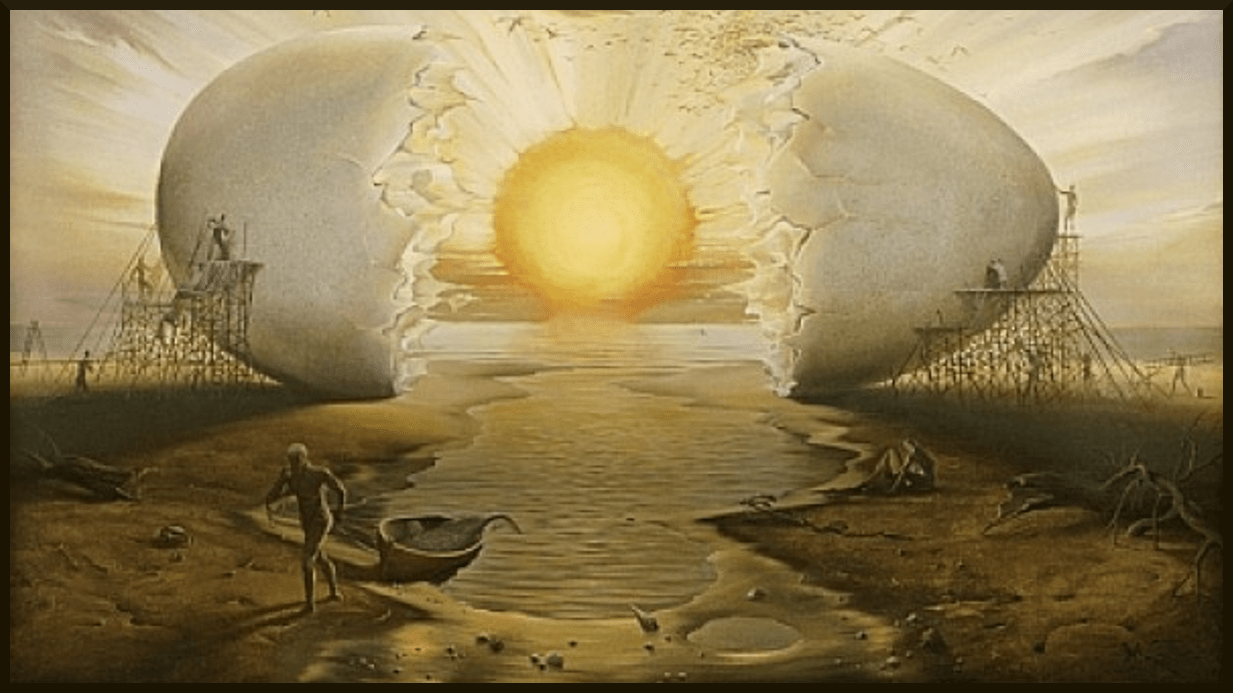
Past Projects and Events
The Mystery Project fielded four reading/listening/viewing groups during the fall 2023 semester, each led by one of our extraordinary faculty members. Each of these groups of LSU affiliates (students, faculty, and staff) met two to four times to discuss text, music, art, and other materials selected by the thinker facilitating the group. The events were all a great success!
Alecia Long (College of Humanities & Social Sciences), “The Kennedy Assassination at 60: Mystery, Fetish, or Archival Opportunity?”
Mondays, Nov. 6, 13, and 20, at 3pm
This three-part series will consider how the framing of JFK’s 1963 assassination as an enduring mystery has generated thousands of books, polarized communities of researchers and scholars, perpetuated cynicism about the U.S. government and its intelligence agencies, and facilitated the rise of “Deep State” conspiracy theories. Session 1 will explore the facts surrounding the assassination and the origins of skepticism about the official finding that New Orleans-native Lee Harvey Oswald was the “lone gunman” in President Kennedy’s murder. Sessions two and three will focus on historian Alecia P. Long’s Cruising for Conspirators: How a New Orleans D.A. Prosecuted the Kennedy Assassination as a Sex Crime as an example of how scholars can use the sprawling archives created in the assassination’s wake to ask new questions and produce innovative scholarship. Participants will receive a copy of Cruising for Conspirators.
Joe Givens (College of Art & Design), “Surrealism: A Mysterious Ideology”
Wednesdays, Sep. 27, Oct. 25, and Nov. 15, 2pm
The role of mysticism in the development of modern art has emerged as a fiercely contested topic in art history and visual culture studies. In this reading group, participants will delve into the account presented by art historian, Tessel Bauduin, of how a fascination with the occult inspired Surrealist founder, André Breton, during the establishment and transformation of the most notorious art movement of the early twentieth century. The key text for this series, Tessel Bauduin's Surrealism and the Occult, is available as an ebook through the LSU Library.
Inessa Bazayev (College of Music and Dramatic Arts) “Scriabin and Mysterium”
Tuesday, Nov. 14, Thursday, Nov. 16, and Friday, Nov. 17, at 1:30pm
This three-day workshop focuses on one of the most prominent and mystical composers of the twentieth century. Alexander Scriabin (1872–1915) was a virtuoso pianist and composer, who was obsessed with pushing boundaries of traditional musical composition. He was associated with secret societies, especially theosophists, and had special affinity to synesthesia. He left behind a corpus of piano works and orchestral compositions that today are staples of concert programs around the world. The first day of our workshop will contextualize Scriabin within his intellectual (non-musical) surroundings, especially theosophists and visual artists. The second day will delve into his music, his so-called “Mystic” chord and its implications within his late works, especially his masterpiece Prometheus: The Poem of Fire (1910) and Mysterium (unfinished). Our discussion will then synthesize Scriabin’s philosophical convictions and their manifestation in the mystery of these works that continue to puzzle and enchant performers and scholars alike. Special guest scholar Anna Gawboy (Ohio State University) to visit on Nov. 17 (third day) to discuss Prometheus, its recreation with the luce part, and synesthesia.
Golden Richard (LSU Cyber Center), “Cyber Mysteries: Technology, Attacks, and Anonymity”
Tuesdays, Oct. 3 and Oct. 10, at 3:30pm
In this series of meetings, we will discuss a number of mysteries associated with modern cybersecurity, including attacks, technologies that enable complete anonymity, and modern “secret societies” that use these technologies for both good and evil. Modern cyberattacks are mystical in the sense that the technical sophistication of attacks and the anonymity provided to attackers makes them appear ‘paranormal’ to even very technically sophisticated people. Interestingly, the same technologies used to obfuscate the physical locations or intentions of attackers are also used by groups of individuals involved in autonomous, completely anonymous, and largely impenetrable secret societies. Some of the readings are technical, but I will do my best to puncture the “technical veil” and make everything accessible—the only prerequisite is an interest in mysteries rooted in technology.
Below are resources recommended for review prior to the "Cyber Mysteries" series:
"Significant Cyber Incidents" [Skim this resource, to see how frequently significant high-tech cyber attacks occur—no need to read the entire list.]
Technical and Legal Overview of the Tor Anonymity Network [Overstates the danger of some attacks against Tor and some technical aspects are slightly out of date, but a good intro. The faults in this paper won’t impact discussions at the technical level we will be sticking with.]
"The Dark Side of the Internet" [Discusses Freenet, which truly enables darknet “secret societies”. Ignore the exaggerated claims that police have ways of “getting inside”—they mostly don’t.]
"Digital Investigation and the Trojan Defense, Revisited" [Skim to get the basic idea.]